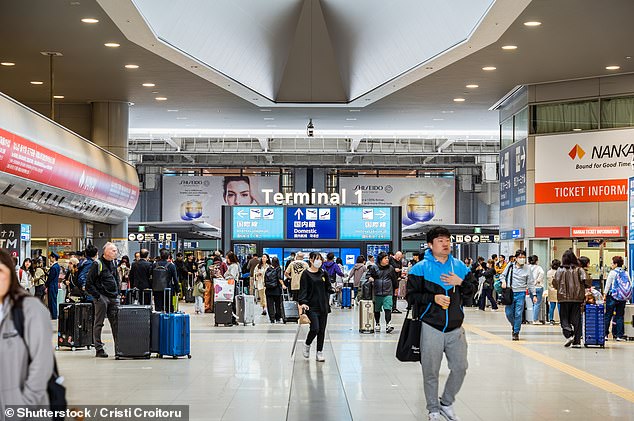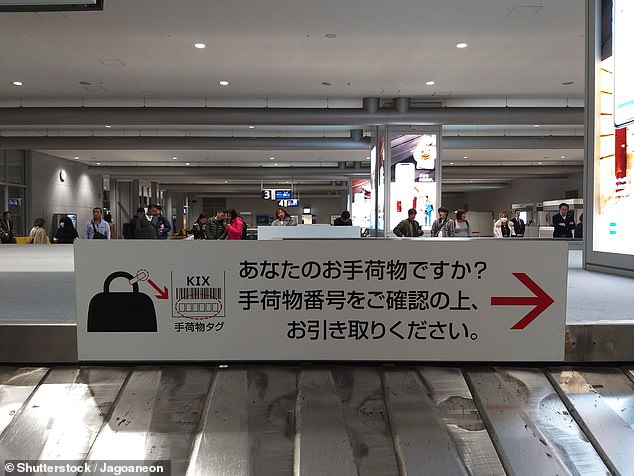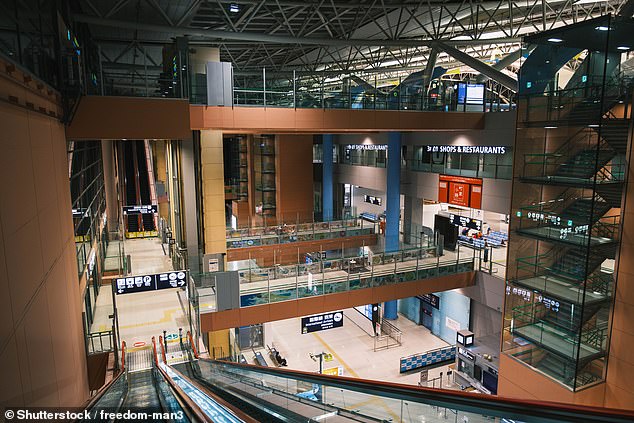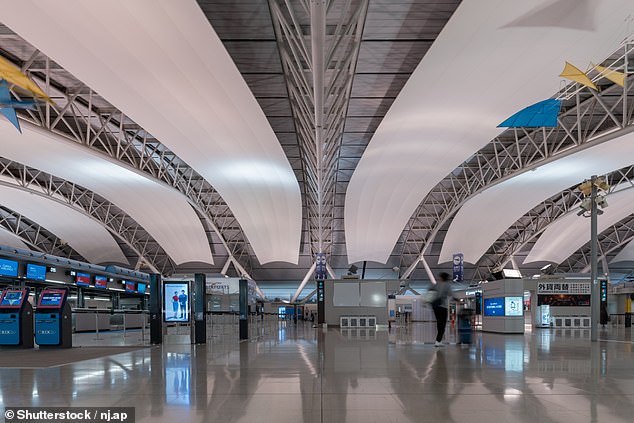An international airport in Japan holds one of the most impressive travel records in the world – not a single piece of luggage has been lost in 30 years.
Kansai International Airport (KIX) is located on an artificial island in Osaka Bay and serves as the gateway to major cities like Osaka, Kyoto, and Kobe.
It has handled millions of passengers and bags annually since opening in 1994 – and, despite managing over 10 million pieces of baggage in 2023 alone, airport officials confirm that no passenger has ever lost a bag permanently at Kansai.
This impressive feat has earned Kansai numerous awards, including the ‘World’s Best Airport for Baggage Delivery’ at the prestigious Skytrax World Airport Awards – a title it has claimed eight times, according to statistics on the airport’s website.
According to aviation technology specialist Sita, 33.4 million bags in airports across the world were mishandled in 2024, down from 33.8 million the previous year.
While passengers are twice as likely to experience luggage issues in Europe than in other parts of the world, Asia-Pacific – home to Kansai – maintained the lowest mishandling rate per passenger globally.
Kansai’s spotless record lies in a meticulously choreographed baggage handling system that takes pride in precision, accountability, and respect for passenger belongings, as reported by Nikkei Asia.
Bags are checked and cross-verified by staff at every point along their journey, while handlers follow detailed, airline-specific manuals.

Kansai International Airport (KIX) is located on an artificial island in Osaka Bay and serves as the gateway to major cities like Osaka, Kyoto, and Kobe

It has handled tens of millions of passengers and bags annually since opening in 1994 – and, despite managing over 10 million pieces of baggage in 2023 alone, airport officials confirm that no passenger has ever lost a bag permanently at Kansai
At Kansai, triple tag checks are performed to ensure the right bag ends up on the right plane.
If any mismatch is detected, staff immediately conduct thorough searches across the cargo hold, tarmac and sorting rooms, with misplaced bags almost always reunited with their owners within days.
Additionally, Kansai aims to deliver bags to the carousel within 15 minutes of landing.
Fragile items, such as musical instruments, are delivered by hand to passengers rather than sent on conveyor belts.
Even wet luggage is wiped dry, and all bags are placed with handles facing outward for passengers to pick up easier.
Kansai might be setting the precedent for world-class customer service, but the award-winning airport does have one drawback: it is sinking.
The £14 billion airport, which was built across two artificial islands in Osaka Bay, is battling against persistent subsidence.
Its unique design is engineered to withstand seismic activity, including runways that bend during an earthquake to reduce the risk of a fracture.

Kansai’s spotless record lies in a meticulously choreographed baggage handling system that takes pride in precision, accountability, and respect for passenger belongings, as reported by Nikkei Asia

Kansai might be setting the precedent for world-class customer service, but the award-winning airport does have one drawback: it is sinking
The weight of the airport’s infrastructure is thought to be putting the clay and silt seabed it sits on under pressure.
According to Essential-Japan, the major airport has sunk by more than 11.5m/38 feet since it opened.
The rate of the airport’s sinking is thought to be much higher than engineers initially predicted.
First estimates predicted that the airport would sink by around eight metres/26 feet over 50 years but that has already been surpassed.

AloJapan.com